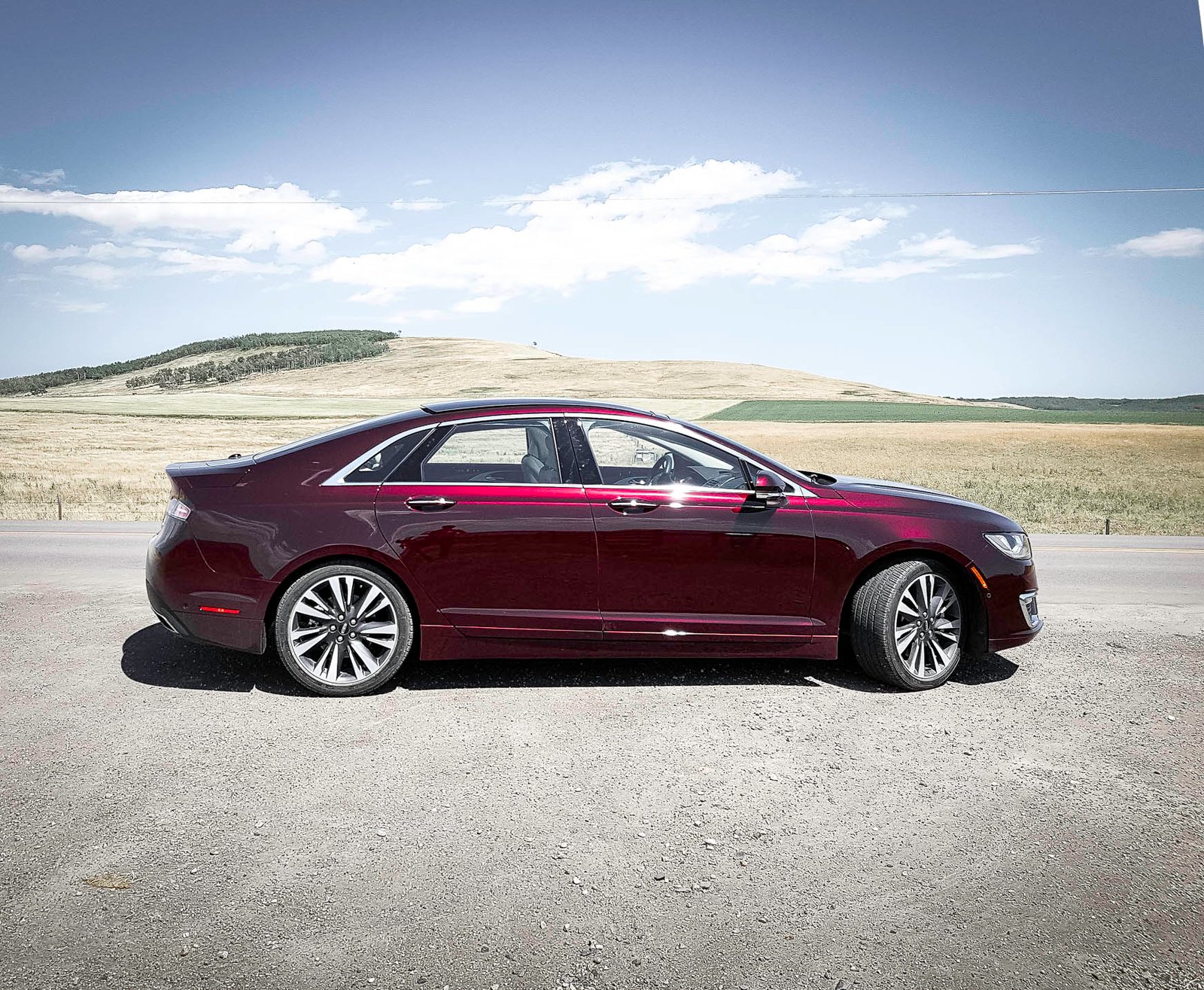Driving Tesla’s Model S, a most en-lightning experience
Notable design elements include beautifully solid metal door handles that remind me of something from a vehicle of the art-deco era. These simply disappear into the doors when parked, but open at a simple touch when approached with the key. The thing that really strikes me about the Model S’s design is not that its proportion and lines aren’t gorgeous, but that from an engineering perspective, it didn’t have to be this way. The sculptural, elongated hood doesn’t need to be there to cover the non-existent engine, nor does the long forward overhang or grille treatment. The only part of the Model S’s design that bothers me is the fake plastic grille cover. But I guess it would be too much of a visual departure to do away with it completely. The long, low arcing roofline also gets major points as it settles out nicely into the rear hatch and stubby bum. In short, the visually stunning Model S is another nail in the coffin of the notion that EVs are boxy and boring to look at.
Amongst the many cool technological touches in the Model S is the huge 17-inch touch screen positioned where most HVAC and entertainment controls would go.
Tesla’s highly configurable touchscreen provides interaction that is highly intuitive for anyone who has indulged themselves with an iPad or iPhone.
The multi-functional display does more than just replace buttons and dials. A slider opens the biggest sunroof I’ve ever seen and it also displays a virtual model of the that shows what doors are open or locked, and which lights are on, both inside and out. The other cool thing with an electric is that both AC and heat can be made available instantly. For any Canadian who’s ever had to freeze their snowpants off waiting for 15 minutes for the engine to warm up and windows to defrost knows this godsend of a heating amenity could almost justify the $90,000 asking price of the Model S. And if you’re in California where snow knows no name, drivers might appreciate the oversized sunroof that provides open-air backup to the cooling system. Overall, Tesla has made the interior experience a darn near perfect one.
For multi-driver families, the Model S offers the ability to enter ten driver profiles into the system. Profile settings like lumbar and seat positioning are there, as is the ability to create musical profiles. Another nifty feature of the Model S media interface is the way fade or balance can be moved around the car by sliding your finger across the screen. The sedan’s gadgetry awesomeness is also backed up by a sound system that can compete with many a premium unit out there.
The infotainment system also offers internet access and an impressive GPS system. A scroll button on the steering wheel allows drivers to access and display up to four apps on the gauge cluster to the left of the speedometer/energy dial when needed. The Model S’ iPad-esque display gets major points for ease of use, intuitiveness, visual real estate and for making the user experience a painless one. Actually I would even go so far as to say it was enjoyable, which is more than I can say about 80 percent of the in-car touch screen systems currently in existence.
The Model S also provides range and power usage back to the driver via a histogram window located on the lower part of the screen. The energy and regenerative braking app shows how drivers can optimize range by adjusting their driving patterns and how much energy they’ve used over the past 5, 15 and 30 miles. This app puts a figure on the obvious, showing that driving at a higher rate of speed will reduce projected range by 70 percent, whereas driving at a more conservative pace would deliver optimal mileage.
